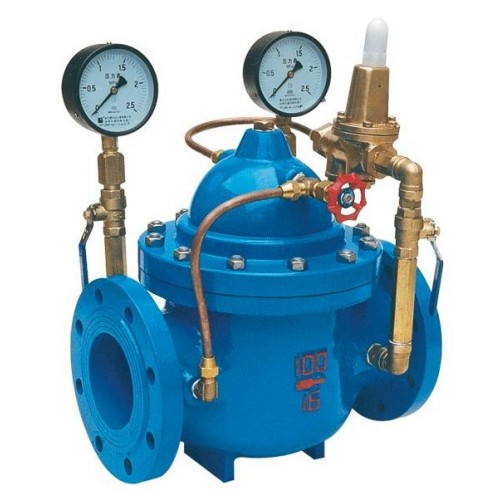2 inch plug valve
Understanding the 2-Inch Plug Valve Functionality and Applications
The 2-inch plug valve is a crucial component in various industrial applications, renowned for its robust design and reliability in regulating the flow of fluids. Valves, in general, play a significant role in controlling fluid dynamics in piping systems, and the plug valve stands out due to its unique operational mechanism and effectiveness.
What is a Plug Valve?
A plug valve is a type of quarter-turn valve that utilizes a tapered or cylindrical plug to control the flow of fluid through it. The plug has a hole or passageway that aligns with the inlet and outlet ports in its open position, allowing fluid to flow freely. When the plug is rotated 90 degrees, the hole becomes perpendicular to the flow, effectively stopping it. This simple yet effective mechanism makes plug valves ideal for on-off applications.
Construction and Design
The construction of a 2-inch plug valve typically includes a valve body, a plug, stem, and actuator. The body can be made from various materials, including brass, stainless steel, or PVC, depending on the application and the fluid being managed. The design of the plug is crucial, as it must create a tight seal when in the closed position to prevent leaks. Additionally, the use of O-rings or seals enhances the valve's performance and extends its lifespan.
The simplicity of its design allows for easy maintenance and a lower likelihood of malfunction, making the 2-inch plug valve a favored choice in environments where reliability is paramount.
Advantages of 2-Inch Plug Valves
2. Low Pressure Drop When fully open, the plug valve provides a clear passage for fluid flow, resulting in minimal pressure drops. This efficiency is particularly beneficial in systems where maintaining pressure is essential.
2 inch plug valve

3. Versatility Plug valves can handle various types of fluids, including liquids, gases, and slurries. This versatility makes them suitable for a wide range of applications, from water treatment facilities to oil and gas pipelines.
4. Seal Integrity With the right materials, the 2-inch plug valve can offer an excellent seal, preventing leaks and ensuring that the fluid remains contained within the system.
5. Ease of Maintenance The straightforward design and limited number of moving parts mean that maintaining a plug valve is generally less complicated and less costly than other valve types.
Common Applications
The 2-inch plug valve is commonly used across multiple industries, including
- Water Treatment In municipal water systems, plug valves are used to control the flow of water through treatment processes and distribution lines. - Oil and Gas These valves play a crucial role in controlling the flow of oil and gas in pipelines, ensuring safe and efficient operation in extraction and transportation processes. - Chemical Processing The ability to handle corrosive substances makes plug valves suitable for various chemical processing applications, where control over fluid flow is critical. - HVAC Systems Plug valves are also used in heating, ventilation, and air conditioning systems to manage the flow of various fluids within the system.
- Food and Beverage Industry Hygienic designs and materials make these valves suitable for use in food and beverage processing, ensuring that regulatory standards are met.
Conclusion
The 2-inch plug valve is a small yet significant component in many industrial applications. Its design simplicity, operational efficiency, and reliability make it a preferred choice for controlling fluid flow across various sectors. Understanding the functionality and correct application of plug valves can lead to improved system performance and reliability. As industries continue to evolve, the role of versatile components like the 2-inch plug valve will remain vital in supporting efficient and safe fluid management.
-
The Key to Fluid Control: Exploring the Advantages of Ball Valves in Industrial SystemsNewsJul.09,2025
-
The Versatile World of 1, 2, and 3 Piece Ball ValvesNewsJul.09,2025
-
Stainless Steel Ball Valves: The Ideal Choice for Efficient Flow ControlNewsJul.09,2025
-
Optimizing Fluid Control with Ball Float ValvesNewsJul.09,2025
-
Manual Gate Valves: Essential for Control and EfficiencyNewsJul.09,2025
-
Everything You Need to Know About Butterfly ValvesNewsJul.09,2025
-
The Versatility of Wafer Type Butterfly ValvesNewsJul.08,2025




